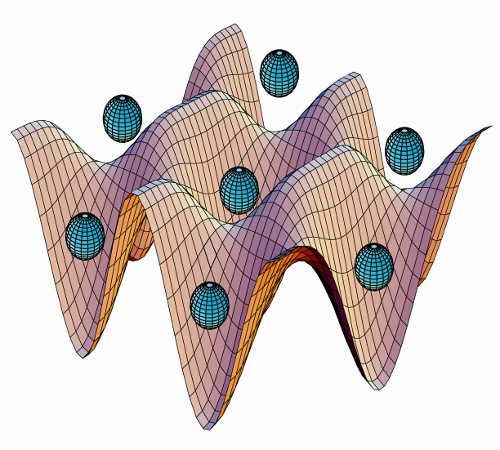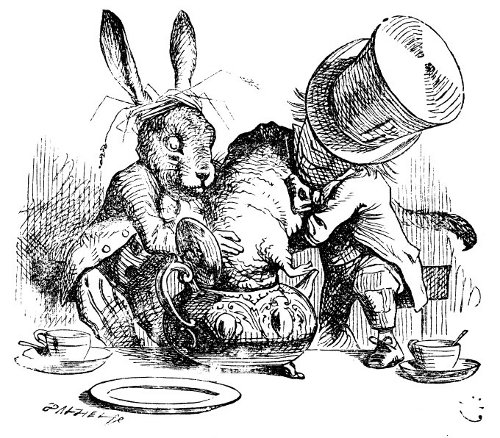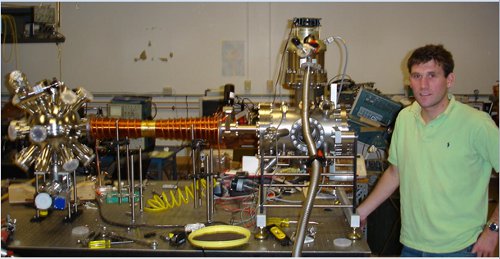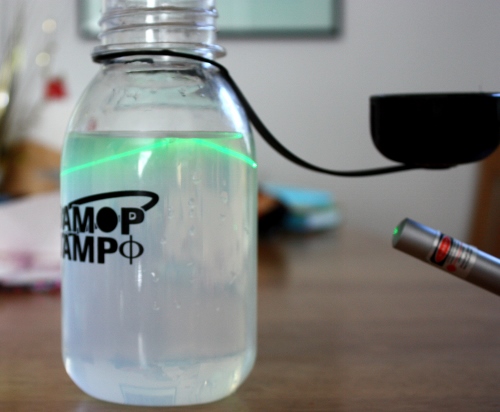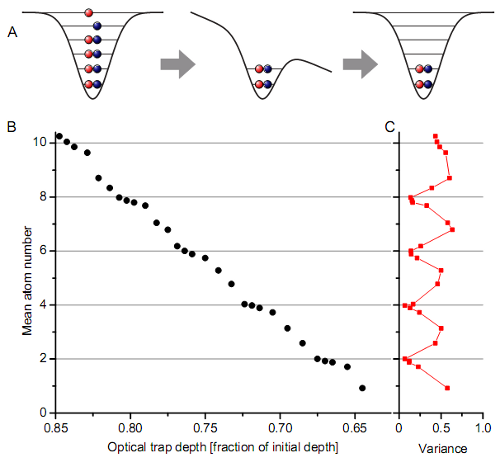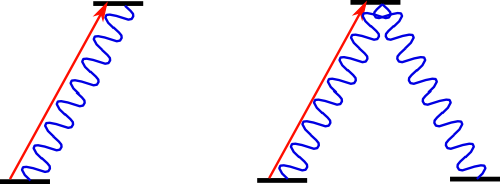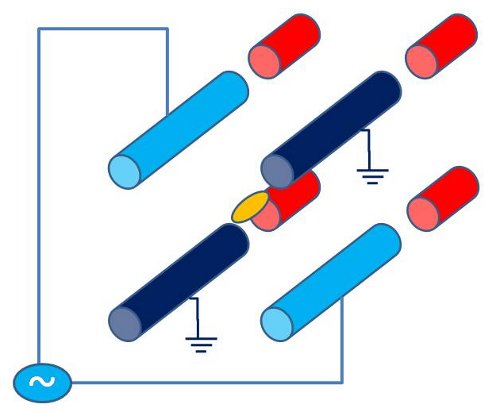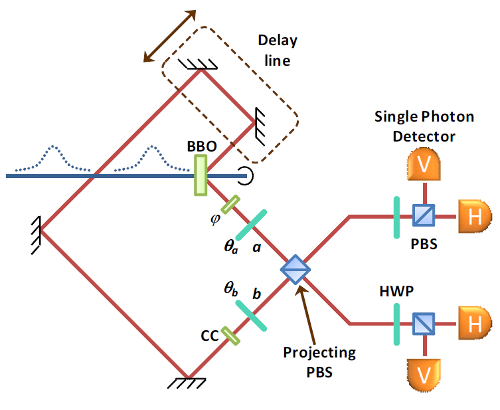Last time in our trip through the cold-atom toolbox, we talked about light shifts, where the interaction with a laser changes the internal energy states of an atom in a way that can produce forces on those atoms. This allows the creation of “dipole traps” where cold atoms are held in the focus of a… Continue reading Tools of the Cold-Atom Trade: Optical Lattices
Category: Lasers
Tools of the Cold-Atom Trade: Light Shifts and Optical Dipole Traps
The last post in this series on the core technologies of cold-atom physics dealt with optical molasses, where you use the scattering of light to exert forces on atoms to make them very, very cold. It turns out, they end up even colder than the simple theory would lead you to expect, which is very… Continue reading Tools of the Cold-Atom Trade: Light Shifts and Optical Dipole Traps
Tools of the Cold-Atom Trade: Optical Molasses
`Once upon a time there were three little sisters,’ the Dormouse began in a great hurry; `and their names were Elsie, Lacie, and Tillie; and they lived at the bottom of a well–‘ `What did they live on?’ said Alice, who always took a great interest in questions of eating and drinking. `They lived on… Continue reading Tools of the Cold-Atom Trade: Optical Molasses
Tools of the Cold-Atom Trade: Light Scattering Forces and Slow Atomic Beams
This series of posts is intended to explain the tools and tricks used to create and manipulate samples of ultra-cold atoms; thus, it’s appropriate to start with how we get those atoms in the first place. This will be a very quick background on the basic force used to make atoms cold, and then the… Continue reading Tools of the Cold-Atom Trade: Light Scattering Forces and Slow Atomic Beams
Reflecting, Totally; or Why the Pool Looks Shiny from Underwater
The other day, I made a suggestion to one of my research students of an experiment to try. When I checked back a day later, she told me it hadn’t worked, and I immediately realized that what I had told her to do was very stupid. As penance, then, I’ll explain the underlying physics, which… Continue reading Reflecting, Totally; or Why the Pool Looks Shiny from Underwater
Few-Body Systems: Cooler Than You Might Think
Hey, dude? Yeah, what’s up? I’m not normally the one who initiates this, but I was wondering: When you were at DAMOP last week, did you see any really neat physics? Oh, sure, tons of stuff. It was a little thinner than some past meetings– a lot of the Usual Suspects didn’t make the trip–… Continue reading Few-Body Systems: Cooler Than You Might Think
Using Light to Put a Mirror in the Dark: “Optomechanical Dark Mode”
In which I unpack a cryptic paper title and explain how quantum superposition lets you use light to keep things from interacting with light. ————- I joined AAAS a couple of years ago to get a break on the registration fee for their meeting, and I’ve kept up the membership mostly because I like having… Continue reading Using Light to Put a Mirror in the Dark: “Optomechanical Dark Mode”
Do the New Paper Dance
OK, it’s a paper I mentioned here before, when it went up on the arxiv, but the “Comments on Atomic, Molecular, and Optical Physics” article I wrote this summer is up on the Physica Scripta web site now, and for the next not-quite-thirty days it’s free to read and download: Searching for new physics through… Continue reading Do the New Paper Dance
What’s So Interesting About Single Quantum Systems? Physics Nobel 2012
In which we do a little imaginary Q&A to explain the significance of Tuesday’s Nobel Prize to Dave Wineland and Serge Haroche. ———— I did a quick post Tuesday morning noting that the latest Nobel Prize in Physics was awarded to two big names from my corner of the field. This would’ve been a great… Continue reading What’s So Interesting About Single Quantum Systems? Physics Nobel 2012
Entangled in the Past: “Entanglement Between Photons that have Never Coexisted”
In which we do a little ResearchBlogging to look at a new paper about weird quantum effects, entangling two photons that never both exist at the same time. ———— I’m teaching full-time this term, but I’ve blocked out Thursdays as a day when I don’t do class- or chair-related work. Usually, this means trying to… Continue reading Entangled in the Past: “Entanglement Between Photons that have Never Coexisted”
